Spain is a real paradise for bike touring and it is abundant in cultural and natural heritage, history and gastronomy. We have made a selection of the best cycling destinations to help you plan your next adventure.
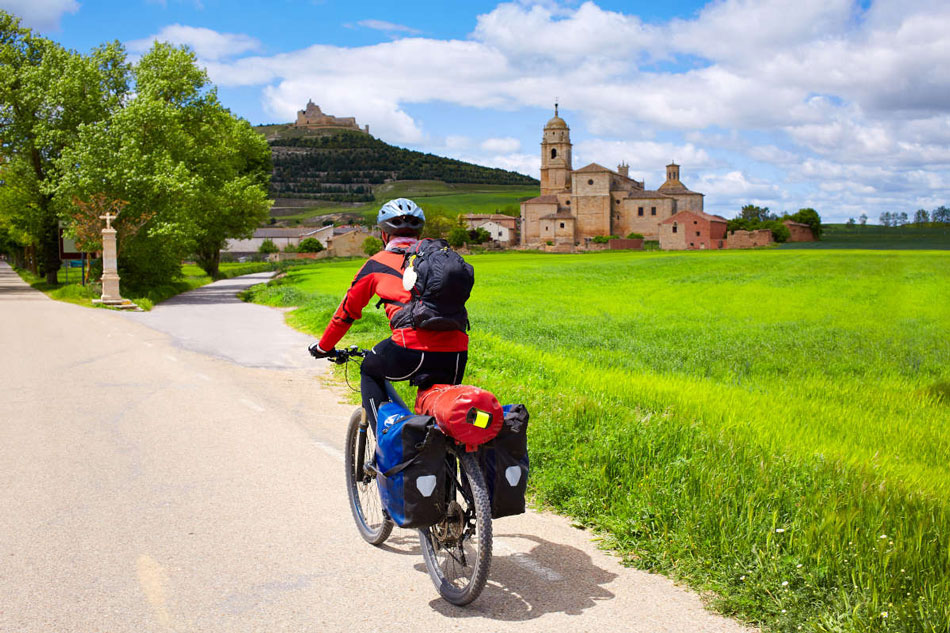 Image: Bicycle touring in Spain – Spain Info
Image: Bicycle touring in Spain – Spain Info
Our Selection
The huge variety of cycle touring destinations, both in mainland Spain and the islands, makes it difficult to narrow down a selection. You may find that your favourite cycle touring route is not included, but the aim of this article is not to give an extensive list. Instead, we have chosen the most important routes with greatest heritage and tradition, giving preference to routes that are in good condition and well marked. We have also included others, created more recently, which are the perfect way to discover and revitalize the less explored, inland Spain.
Camino de Santiago (Way of St James)
The pilgrimage route to the shrine of the apostle Santiago or Saint James has always been much more than a religious journey. For a long time, it was a great network covering the whole of Europe, connecting cultures, customs and languages of the old continent. Currently, the Camino de Santiago has become one of the most popular destinations for cyclists from all over the world. That is why it occupies the first place on our list.
But there are many variants of the Camino de Santiago starting from every direction, the most popular being the French route. The list includes: el Camino del Norte, el Camino Primitivo, la Vía de la Plata, el Camino Catalán, el Camino de Levante, el Camino de Madrid, el Camino de Uclés, el Camino Portuguese, el Camino de La Lana... and many more.
For further information on the network of Caminos de Santiago in Spain and for a basic guide to begin your adventure, we recommend this article on How to prepare a cycling tour of the Camino de Santiago.
It includes all the information you need to plan your Camino along with interesting links with extensive information.
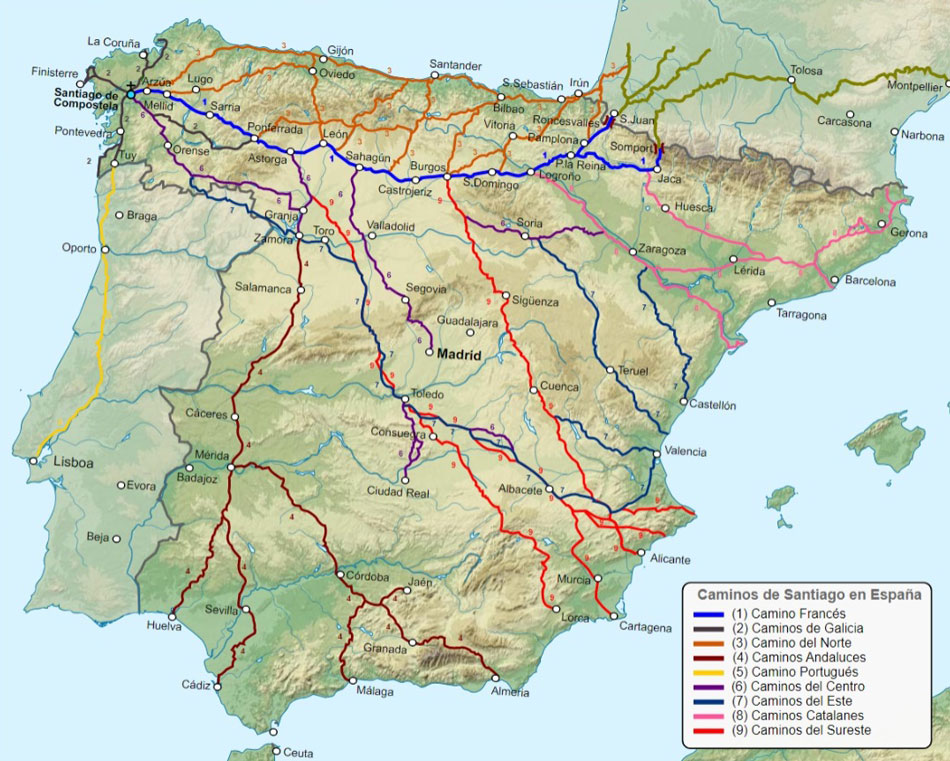 Image: De Paulusburg (Wikipedia)
Image: De Paulusburg (Wikipedia)
Red de Vías Verdes (greenways network)
In 1993, the Vías Verdes program was launched to recondition over 7,600 kilometres of old unused train tracks. They have enormous potential for reuse in ecotourism and as walking and cycling paths, thanks to their rich history and cultural heritage as well as their natural beauty. The Spanish Railway Foundation is in charge of developing this program with the support of various state, regional and local institutions. Currently, over 3,200 km. have already been developed throughout Spain and used by walkers, cyclists and people with disabilities.
The reused stretches of tracks vary in length and the longest, at 167.5 km, is Vía Verde de Ojos Negros, which extends from the Sierra de Javalambre, in Teruel, to the coast of Castellón.
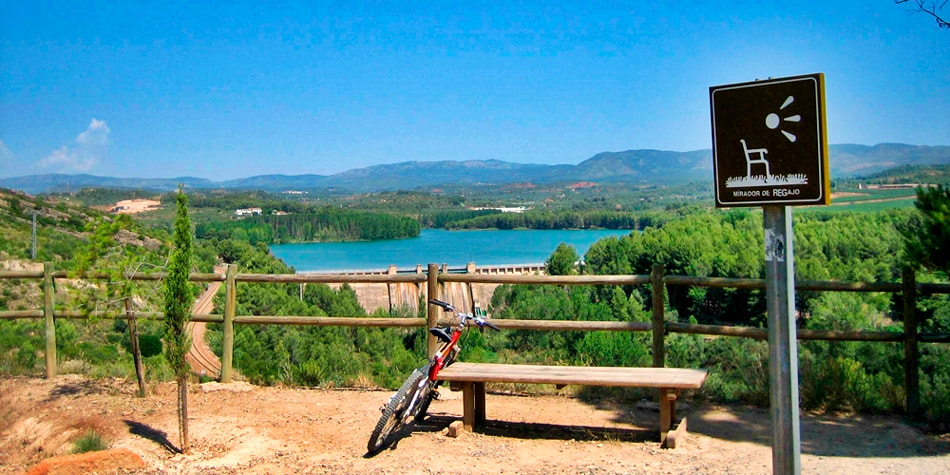 Vía Verde los Ojos Negros (Imagen Fundació Caixa Castelló)
Vía Verde los Ojos Negros (Imagen Fundació Caixa Castelló)
The Greenways program offers excellent tools for planning your route:
Network of Nature Trails
The Vías Verdes program is part of a larger project, the Caminos Naturales de España (Nature Trails of Spain), under the Ministry of Agriculture, Fisheries and Food, which was created to promote rural development. It consists of over 10,000 kilometres of well-marked trails throughout Spain, and they are surprisingly unknown.
Undoubtedly, the next step should be to raise awareness of the existence of this extraordinary network of trails.
There are thousands of kilometres of marked trails for multi-day adventures, and you can find information, including GPS tracks, on the
Caminos Naturales de España website.
In this treasure trove of cycling tours, the longest are those that follow the course of the great Spanish rivers, reaching up to 1,000 km in length:
-
Tajo Nature Trail (GR113) over 1.000 km.
-
Guadiana Nature Trail 1.034 km.
-
Ebro Nature Trail (GR99) 930 km.
-
Duero Nature Trail 750 km.
The following map shows the network of nature trails.
Many of the trails belonging to these three large networks (Caminos de Santiago, Vías Verdes and Nature Trails) intersect with other trails, such as the Gran Recorrido (GR) long-distance trekking trails or Pequeño Recorrido (PR) shorter hiking trails, creating routes covering hundreds of kilometres. For example, there is a trail from Madrid to Sevilla and Cádiz that links the Camino Real de Guadalupe, the Camino Natural de las Villuercas, the Camino Natural del Guadiana and the Vía de la Plata. And there are many other options so you can design your own route and bike touring adventures.
The Trans-Pyrenean Route
The Trans-Pyrenean route links the Cantabrian sea to the Mediterranean. It begins in the Basque Country, passes through Navarra and Huesca and ends on the Mediterranean shores of Catalunya. Or the other way round, if you wish. The official route coincides with the GR11 trail, but this crosses the high mountains of the Pyrenees and many sections can only be done on foot and are incompatible with a bicycle. Jordi Laparra, Alfons Valls and Jaume Bonaventura were three pioneers who, at the beginning of the 90s, first crossed the Pyrenees by MTB, and their trail is now known as the Trans-Pyrenean Cycling Route and, although it is not the only cycling trail, it is by far the most popular and used by thousands of cyclists.
There is also a Trans-Pyrenean cycling route for road bicycles, which is more accessible and just as spectacular, or mixed versions which are aimed at Gravel bikes.
Much information is available about the Trans-Pyrenean route and similar trails, including a guidebook by Jordi Laparra. But, to begin with, you may want to read our article on conalforjas.com, which includes basic information for planning this trip.
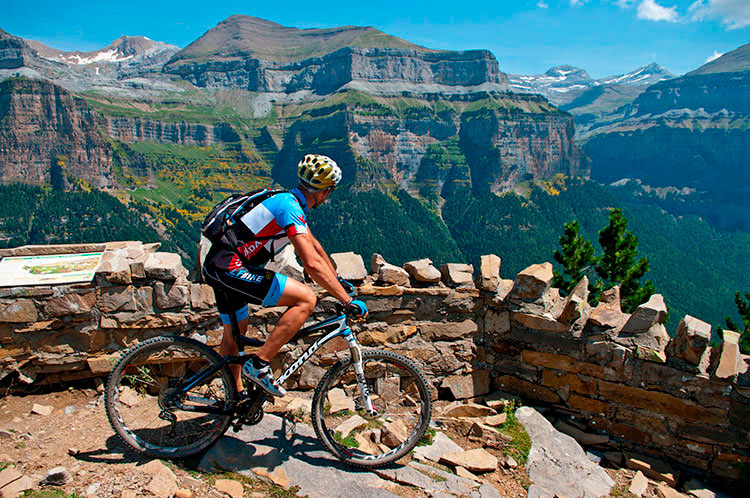 Image: Eco-Viajes (Público)
Image: Eco-Viajes (Público)
The TransAndalus Route
Beginning as a project by a group of friends, the TransAndalus MTB is a 2,000km circular mountain bike trail that runs through the eight Andalusian provinces with their wealth of great natural, cultural and historical treasures. The group has formed a non-profit organization, supported by volunteers and they have their own website: transandalus.org
We recommend you visit the website to get all the information available on this great cycling route that runs through most of the protected natural areas of Andalusia and, of course, its beaches. The list of places on the route is enough in itself to see why it should not be missed: Cabo de Gata, Cazorla, Despeñaperros, Doñana or Sierra Nevada, are just a few of the most emblematic places on the long list.
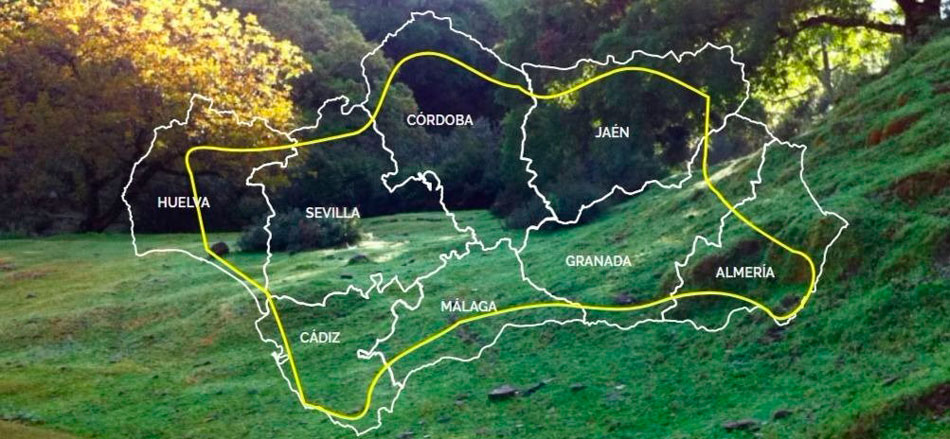 Image: TransAndalus
Image: TransAndalus
Camino del Cid
The Camino del Cid route crosses Spain following the literary and historical footsteps of Rodrigo Díaz de Vivar, El Cid Campeador. It starts in his birthplace, Vivar del Cid, in Burgos, and ends in Valencia, where he died.
The route is over 700 kilometres long and passes through seven provinces (Burgos, Soria, Guadalajara, Zaragoza, Teruel, Castellón, Valencia and Alicante), which serve as a guide to the great piece of literature: El Cantar de Mío Cid.
The trail was recreated for the first time at the end of the 19th century, but its boom, initially promoted by the Burgos City Council, began in 2002, with the foundation of the trust Consorcio Camino del Cid. You can get further information from the website caminodelcid.org
The website includes all the relevant information about the Camino del Cid, including its division into thirteen stages that adapt to the chosen means of transport: car, hiking, cycling/gravel or mountain bike.
Apart from the high cultural and historical wealth of the towns on the route, it also passes natural areas of great beauty, such as the Alto Tajo, the Sierra de Albarracín, the Laguna de Callo Canta and many more. Undoubtedly, it is another of the essential destinations for bicycle touring in Spain has earned its place in this select list.
Montañas Vacías
This is an interesting project, created by Ernesto Pastor, that intends to revitalize and bring awareness to the so-called Spanish Lapland or Celtiberian Range, with a cycling route in 10 provinces (Teruel, Guadalajara, Cuenca, Soria, Zaragoza, Burgos, La Rioja, Segovia, Castellón y Valencia). This area represents 13% of the total area of Spain and the population density is just 7 inhabitants per km².
This is a circular route designed for bikepacking or mountain biking with panniers, although the author explains that it can also be done on a gravel bike, with some difficulties in certain areas. The current route is almost 700 km, with 13.000 metres cumulative elevation gain. But it is divided into sections with shortcuts, so you can customise the route to suit. The intention is to continue increasing the route with more sections.
Starting in Teruel, it runs through the Montes Universales, the Sierra de Albarracín, the Alto Tajo, the Sierra de Javalambre and the Sierra de Gúdar, mostly on well-maintained forest trails. we decided it deserved a place in this list of the best cycle touring destinations, both because of the spectacular nature of its routes as well as for what it can contribute to revitalize inland Spain, an area forgotten by modern society.
You can read more about this fascinating project at the Montañas Vacíaswebsite, and customise your itinerary for your next adventure.
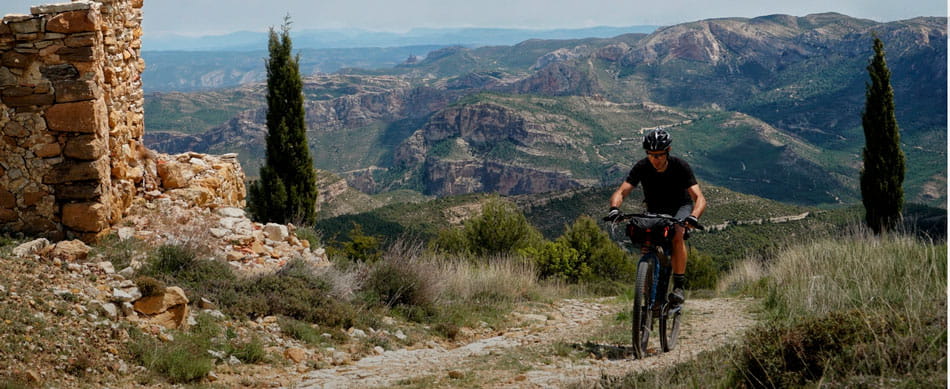 Imagen: montanasvacias.com
Imagen: montanasvacias.com
Road Bike Touring
For road cycle touring, Apart from the road versions of some of the routes mentioned above (Trans-Pyrenean, Camino de Santiago, etc.), we will talk about the most visited areas by cyclists from all over the world, some of which have even become pre-season destinations for many cycling teams. As we have already mentioned, it was very difficult to make a selection of routes when the whole country is an authentic paradise for cycling. We have therefore opted for the most popular destinations, based on their climate, their hotel infrastructures and the variety of their terrain.
-
Mallorca one of the most popular and traditional cycle touring destinations in Europe.
-
Costa Brava and Girona as a whole, which is becoming established as a national and international destination for all types of cycling.
-
Costa de Levante, a classic destination
-
Costa del Sol, also a classic destination for cyclists, especially in winter.
-
Lanzarote, one of the best islands in the Canary archipelago, but all are privileged by their landscape and climate.
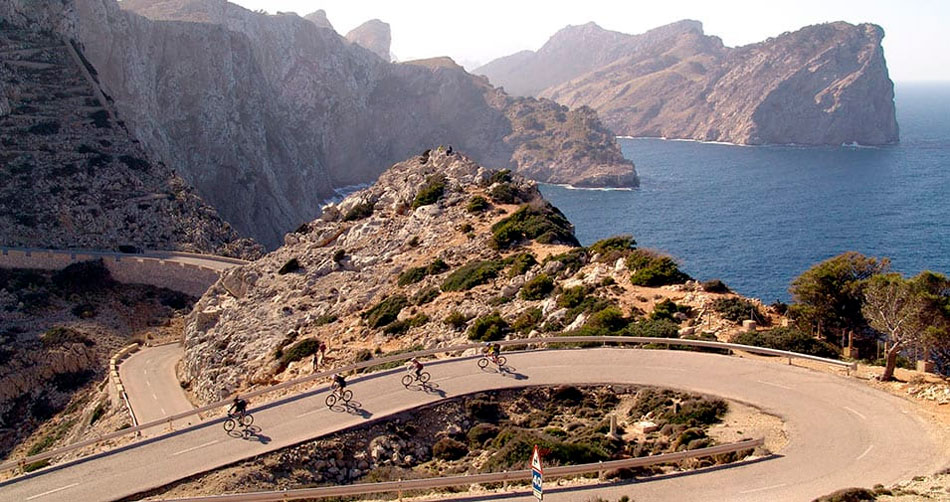 Image: Cap de Formentor Mallorca (ABC Mallorca)
Image: Cap de Formentor Mallorca (ABC Mallorca)
Other Bicycle Touring Destinations
There are hundreds of destinations all over the world that could be included in similar articles. We hope our selection is enough to awaken the spirit of adventure in cyclists everywhere. Here are a few more proposals to add to your list:
that is all for now, although the list could go on.
In our Mammoth stores and on-line store mammothbikes.com you can find advice and everything you need for your cycling adventures.
More information in similar articles and videos:


 Image: Bicycle touring in Spain – Spain Info
Image: Bicycle touring in Spain – Spain Info
 Image: De Paulusburg (Wikipedia)
Image: De Paulusburg (Wikipedia)
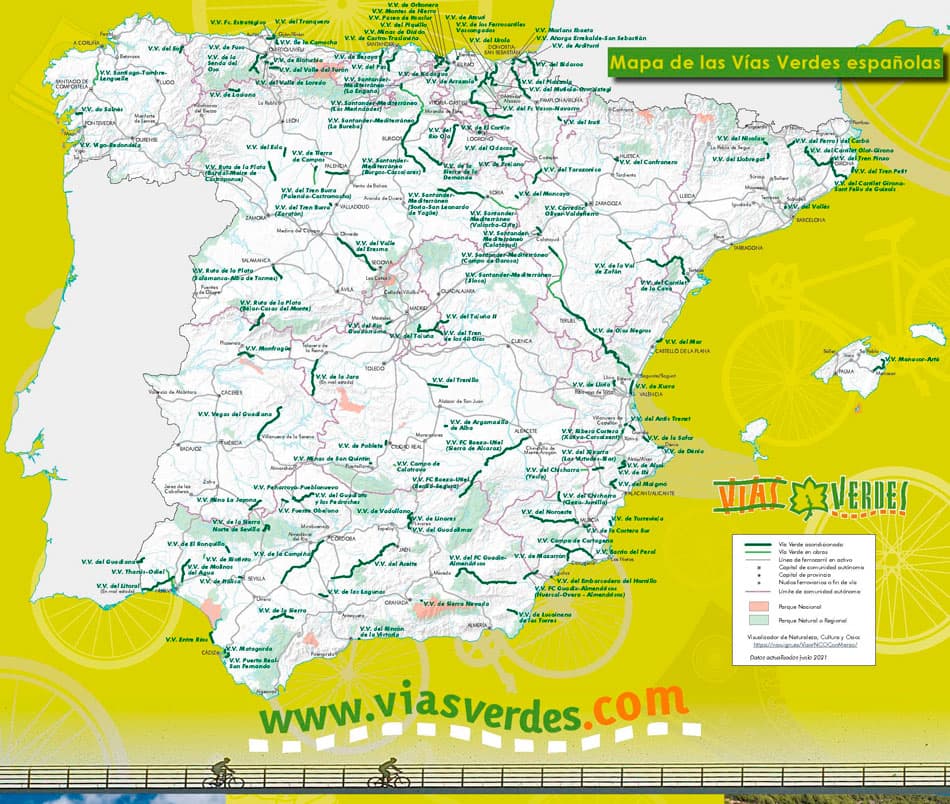
 Vía Verde los Ojos Negros (Imagen Fundació Caixa Castelló)
Vía Verde los Ojos Negros (Imagen Fundació Caixa Castelló)
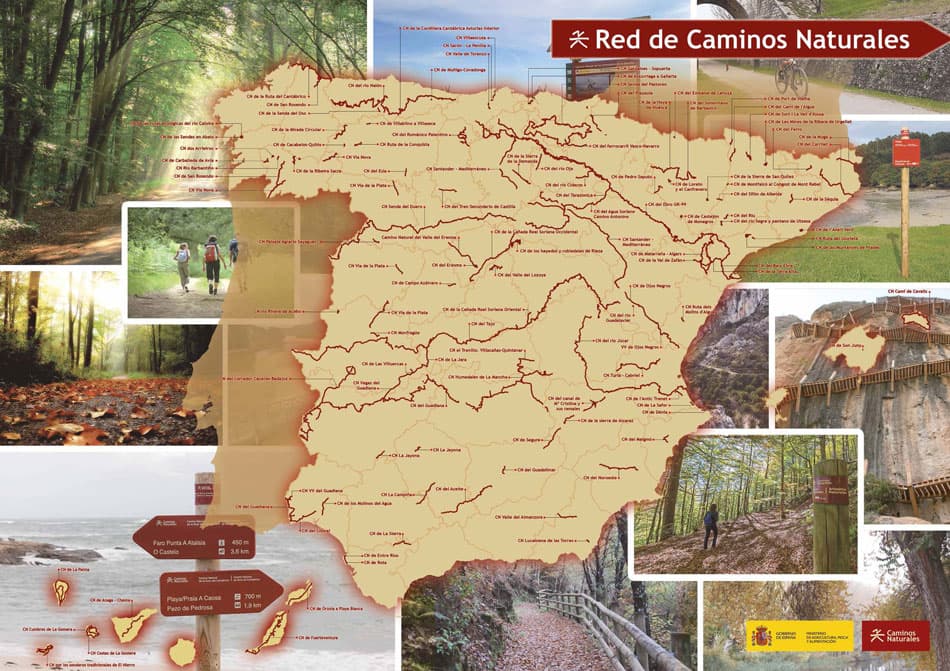
 Image: Eco-Viajes (Público)
Image: Eco-Viajes (Público)
 Image: TransAndalus
Image: TransAndalus
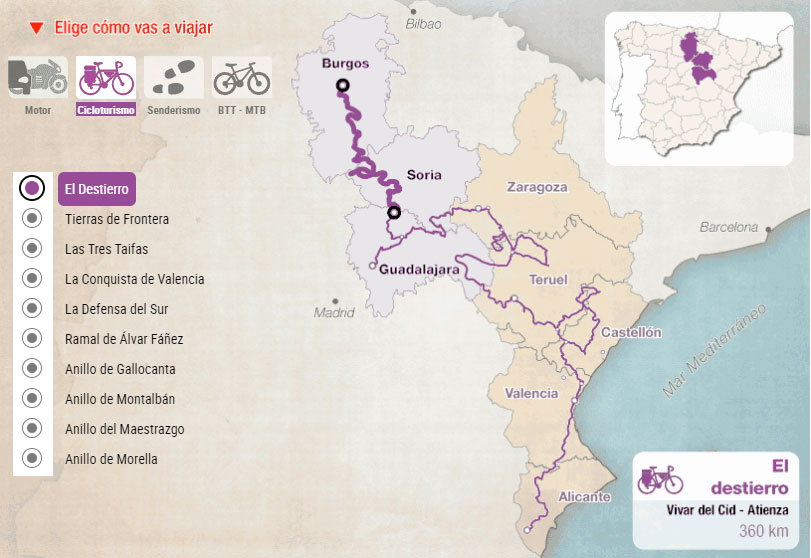
 Imagen: montanasvacias.com
Imagen: montanasvacias.com
 Image: Cap de Formentor Mallorca (ABC Mallorca)
Image: Cap de Formentor Mallorca (ABC Mallorca)
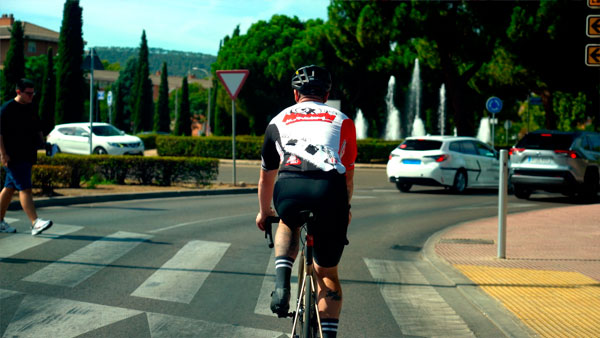

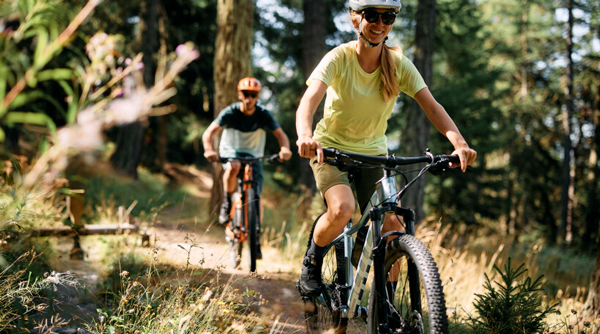

Leave a comment
Be the first to comment on this article.